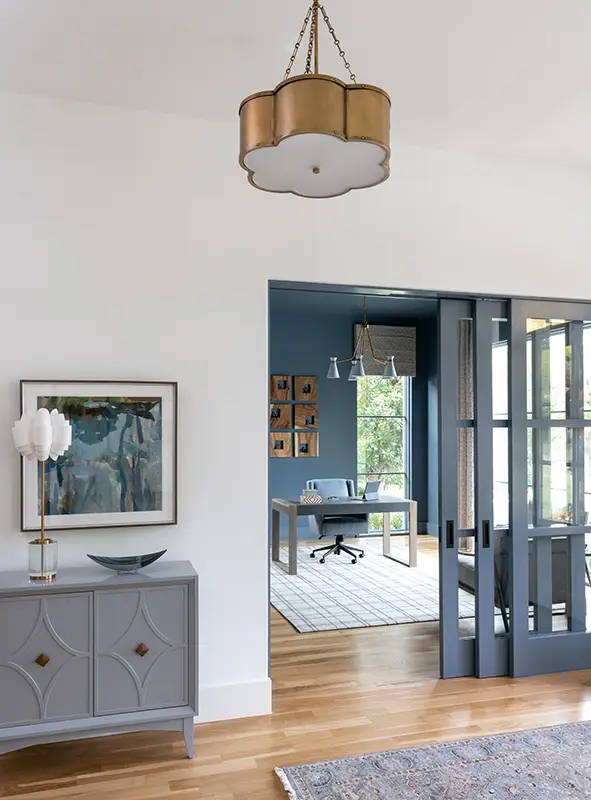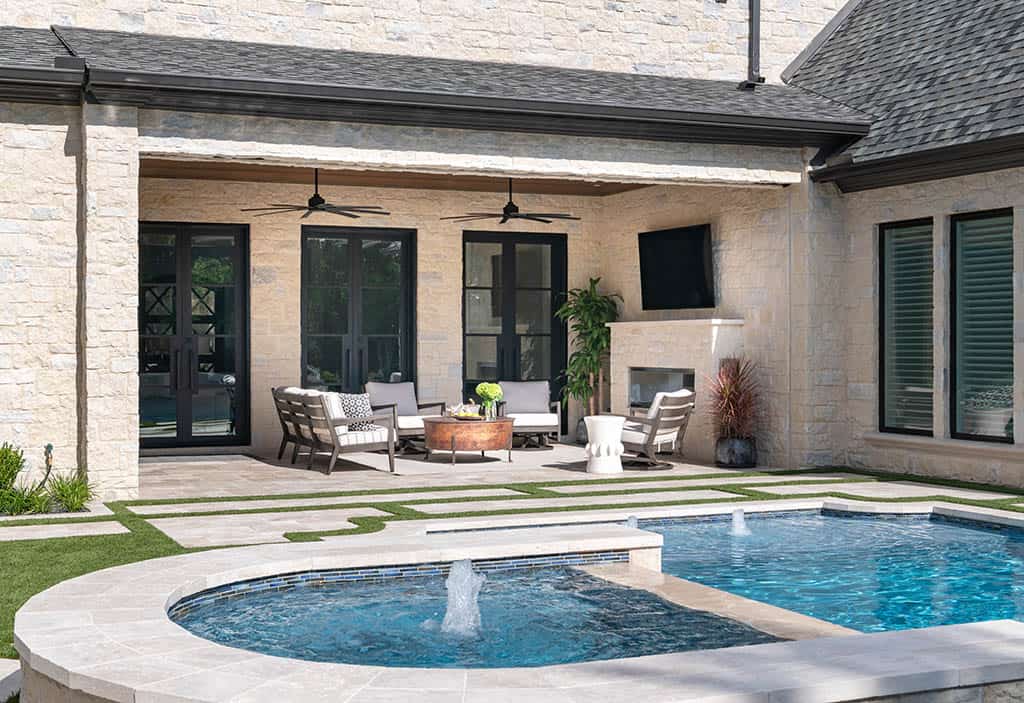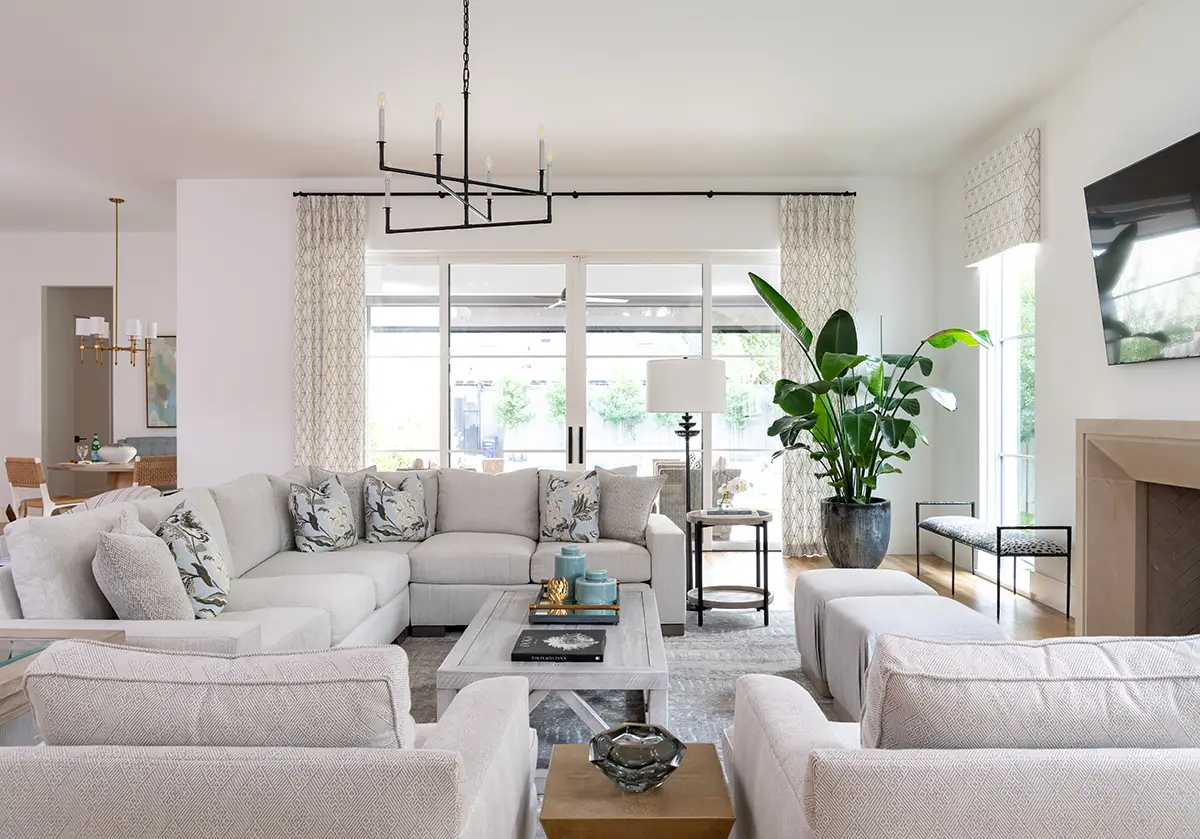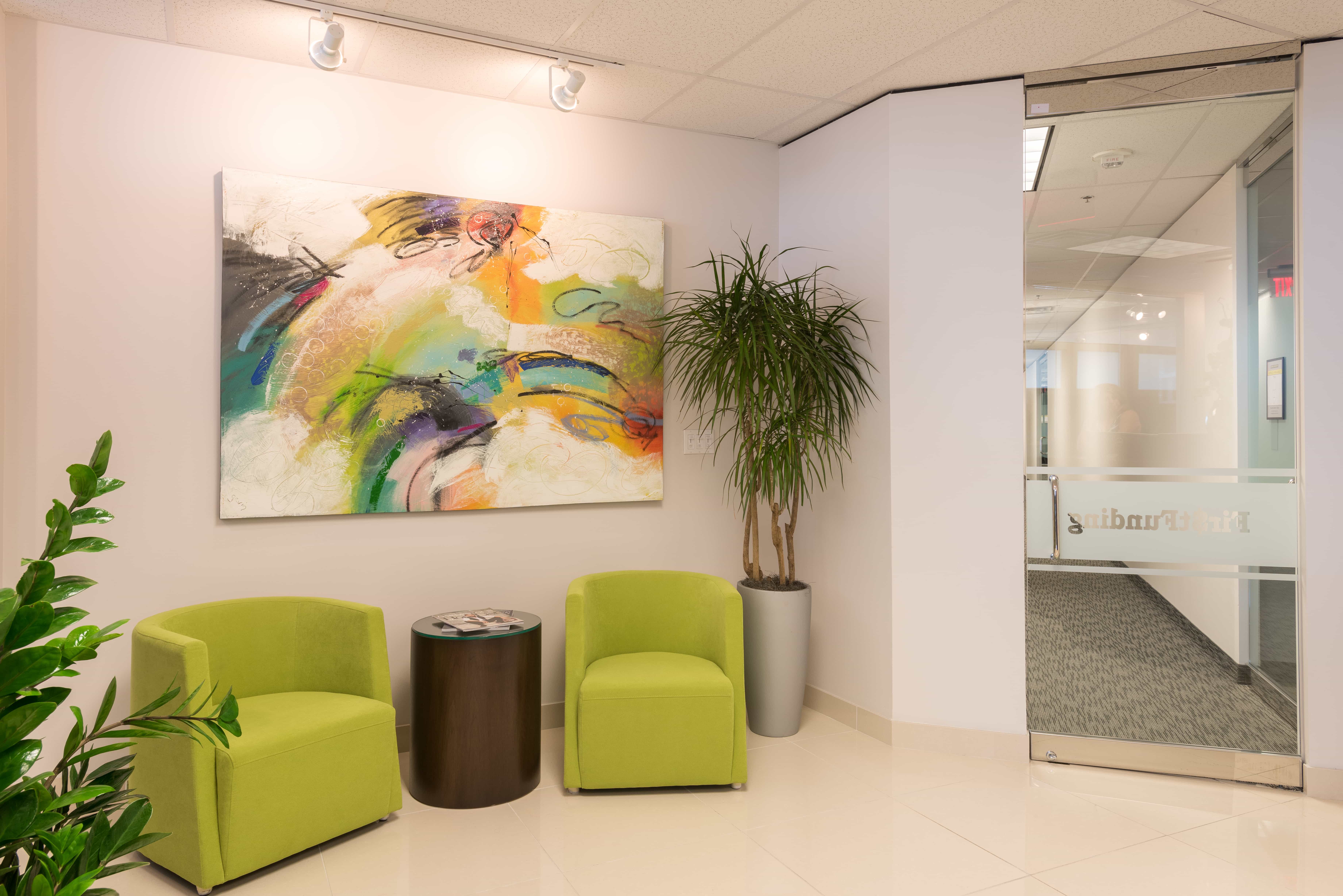
When considering adding plants to an office or home, artificial plants are an option, but there are benefits to having live plants. Not only can live plants enhance the overall appearance of your office or home, but they can help reduce stress, boost productivity and purify the air. In addition, plants can provide screening or a nice focal point.
Some of the best office or house plants are those that require little care. Not everyone has been blessed with a green thumb. Here are a few to consider.
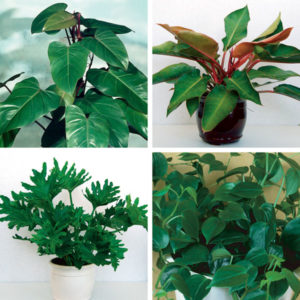
Philodendron
The leafy, lush Philodendron is nearly impossible to kill. It has been cited as one of the top varieties of plants for freeing indoor air of excess levels of carbon dioxide and VOCs (toxins from chemicals used to build and maintain our homes or offices) which can cause headaches, drowsiness and loss of concentration. There are many different species of Philodendron, each possessing differing leaf size, shape or coloring.
Care Instructions: Keep soil evenly moist, but allow it to dry out between watering. Place near a window. They prefer medium light, direct sunlight can burn the foliage and stunt the grow. They will tolerate low light, but it will cause the leaves to be smaller and further apart on the stem.
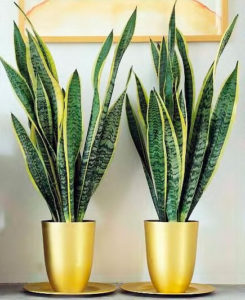 |
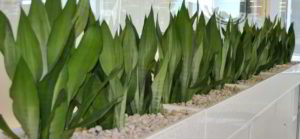 |
 |
Sansevieria
Sansevieria, also know as the Mother-in Law’s or Snake plant, is a increasingly popular indoor plant and much has to do with it’s near indestructible qualities. It’s been coined the “perfect bachelor plant”. Its bold and clutter free lines makes it a popular choice for interior design and architecture. Striking when standing alone in a key area of your home or used in mass as a screen or hedge in an office. Sasevieria is one of the most recommended plants for improving the air quality because it converts CO2 into oxygen and filters out toxins in the air.
Care Instructions: This succulent thrives in just about any light. Prefers dry air and soil. Water moderately from Spring to Fall, less in the winter months. Avoid over watering to reduce the chance of rotting. Rarely needs repotting.
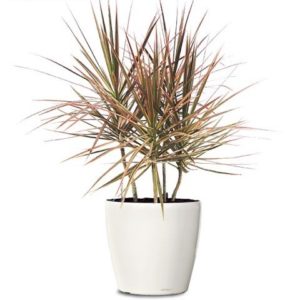 |
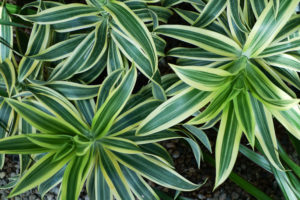 |
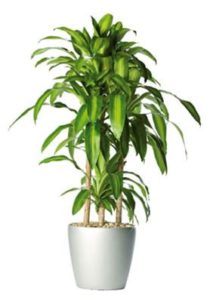 |
Dracaena
Despite the “Dracaena” Greek name meaning “female dragon”, this bushy plant is not harmful. It has leaves that look like daggers, each striped or variegated in color. This plant encompasses many species including the Dracaena Marginata (also known as the “dragon tree”) and the Dracaena Lisa (also often referred to as the “corn plant”) pictured below. Dracaena is very undemanding; tough, drought tolerant and will forgive an occasional missed watery. It has an aggressive root system that will make an excellent office or houseplant. It is also an air purifier and produces lots of oxygen.
Care Instructions: Needs bright to moderate light, indirect sunlight. Water when the soil is dry at the depth of two inches. Empty saucer after water drains through pot.
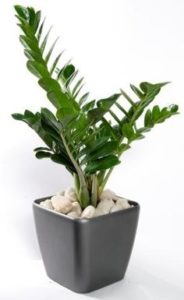
Zamioculcas Zamifolia
Zamioculcas Zamifolia, also known as the “ZZ plant”, is stylish , attractive and easy to take care of. This exciting plant is the newest indoor plant to enter our homes and office settings. It only started to be grown in mass by Dutch nurseries in the late 1990’s and has gradually become more and more popular. The ZZ Plant is relatively small, has beautiful polished leaves and also helps purify the air. It can take an reasonable amount of neglect without adverse affects and appears to be resistant to a majority of pests that can afflict other plants.
Care Instructions: Requires very little water and sunlight. Letting the soil dry out between waterings is a good idea.
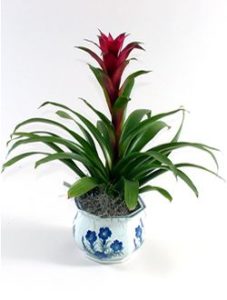
Bromeliad
Bromeliad plant provides an exotic touch to a home or office. It brings interesting texture and color to any place with its thick foliage that grows into a natural rosette. There are 2,877 different species of Bromeliads. Many mature plants only bloom once but there are occasional exceptions. They have very few needs and very few problem pests. Don’t label yourself a “black thumb” if your plant dies in two to three years. They are not long lived plants, but are beautiful while alive. Bromeliads’ beauty are worth it!
Care Instructions: Need medium to bright light as indoor plants; no direct sun exposure. Water by filling the cup at the base of the leaves. No need to add water to soil; provide adequate drainage, if so. Provide optimal humidity. Keep air flowing around plant.
Bringing a beautiful plant into your home or office can add a breath of fresh air. Also, remember when in need of making other enhancements at home or office, new art, furnishings, seating, color schemes, flooring, lighting, etc., Nicole Arnold Interiors can help!
Let’s Make Your Dream Project a Reality!
Schedule a consult for your next home or commercial interior design project today!
"*" indicates required fields
Subscribe to Our Newsletter
Get interior design inspiration and tips delivered straight to your inbox.
"*" indicates required fields







